We were hoping to get a guernsey at the 2025 National Tourism Conference to share the collective views of our Kokoda trek leaders who have led more than 700 expeditions across the Kokoda Trail over the past 33 years.
The Hon Charlie Lynn OAM OL
Their understanding of pilgrimage is shaped by their combined total of 160 years professional military service in Vietnam, Afghanistan, Singapore, the United States and Papua New Guinea.
Since we pioneered pilgrimage trekking after the 50th anniversary of the Kokoda campaign in 1992 we have established campsites; raised more than K3 million to support villagers, sponsored students through University and schools, and generated more positive publicity for Kokoda and PNG than any other government or commercial organization.
Unfortunately (for us), we have also been critical of the management system imposed on PNG by Canberra which has led to a 42% drop in trekker numbers since they took control of the Trail under a ‘Joint’ Agreement they drafted in 2008.
Nevertheless, we were surprised to learn they invited Mr. Julius Wargirai as their ‘expert’ keynote speaker on Kokoda as he has never trekked across the Trail; has no qualifications or experience in pilgrimage tourism; trekking; military heritage; or commercial business management.
Wargirai is a career bureaucrat who was seconded from ‘Provincial and Local Level Government Affairs’ as Acting CEO of the Kokoda Track Authority (KTA) in a deal brokered by Canberra officials in the Australian High Commission in 2018.
It was obviously a ‘politically convenient’ appointment to support their objective of having the Kokoda Trail managed as an aid-funded environment park under the influence of Canberra’s Department of Climate Change, Energy, Environment, and Water (DCCEEW) – rather than as a tourism enterprise for the economic benefit of traditional landowner communities.
It was a similar process used by the Australian High Commission to engage an American anthropologist without any qualifications in military heritage as Australia’s ‘National Military Heritage Adviser’ in PNG in preference to accredited Australian military historians.
Neither appointment would have excaped the scrutiny of corruption watchdogs in Australia!
Mr. Wargirai can obviously be relied upon to be an uncritical spokesman in support of the current dysfunctional management system as he is now economically dependent on his ‘white mastas’.
If we had been invited to speak on pilgrimage tourism across the Kokoda Trail this is the speech we would have delivered . . .
Major (Rtd)
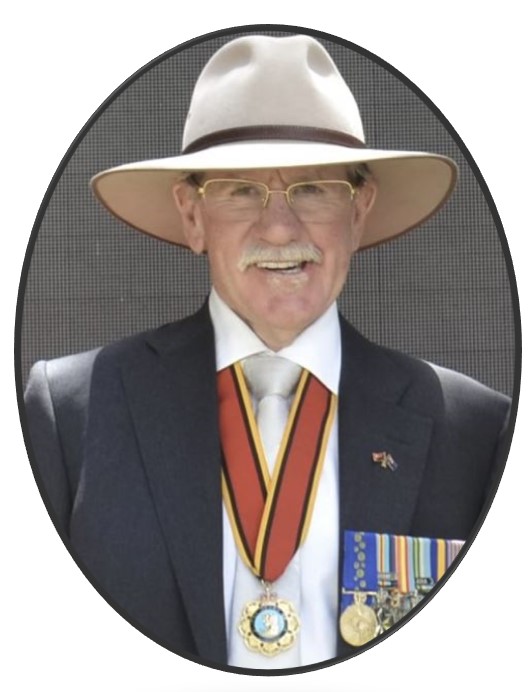
Setting the Scene
‘Prime Minister Marape, Minister Namah, ladies and gentlemen, delegates,
‘Today I would like to briefly address the rise, fall and future of pilgrimage tourism across the Kokoda Trail since the 50th anniversary of the Kokoda campaign 33 years ago in 1992.
‘But first let me set the scene with a few facts about the Kokoda Trail because it’s important that the Tourism Promotion Authority and the PNG media are all on the same song sheet:
- The Kokoda campaign was fought in the Australian mandated territories of Papua and New Guinea between the advancing Japanese and Australian army troops across the Kokoda Trail from 29 July – 2 November 1942.
- The major battles fought during the Kokoda campaign were on Ioribaiwa Ridge, Brigade Hill, Templeton’s Crossing, Eora Creek, Isurava, Deniki and Kokoda.
- ‘Kokoda Trail’ is the name of the Battle Honour, awarded to our Papuan Infantry Battalion and the 10 Australian battalions who fought in the campaign, by the Commonwealth Battles Nomenclature Committee in 1953 – it is also the official name recommended by the ‘Geographic Place Names Committee’, and approved by PNGs forefathers in 1972.
- The geographic boundaries of the gazetted area of the Kokoda Trail extends to 10 metres either side of the tracks over which the campaign was fought between Owers Corner and Kokoda.
- The length of the Trail is 138 km with a total climb of 7150 metres and a total descent of 7,570 meters from Owers Corner to Kokoda – the highest point is 2,320 metres east of Mt Bellamy between Lake Myola and the Kokoda Gap.
- The boundary between Central Province and Oro Province is Templeton’s Crossing which is 83 kilometres m from Owers Corner and 55 kilometres from Kokoda.
- The traditional landowners of the Kokoda Trail are the Koiari people between Owers Corner and Templeton’s Crossing, and the Orokaiva between Templeton’s Crossing and Kokoda.
- Prior to World War II the Kokoda Trail was a mail route used by villagers to carry documents across the Owen Stanley Ranges on bush tracks connecting remote villagers between Sogeri and Kokoda – mail exchange points were established to allow carriers to swap loads with others coming from the opposite direction and return to their villages.
- Before the 50th anniversary of the campaign only a few hardy trekkers, less than 100 a year, trekked across it – local subsistence villagers did not receive any financial benefits as they passed by.
- The Kokoda Trail is now your most popular tourism destination which generates some K50 million annually in tourism revenue. Approximately K15 million is washed through village economies in the form of wages, campsite fees, local purchases and philanthropy..
The Rise
‘The rise in pilgrimage tourism across the Kokoda Trail has its roots in the positive publicity generated by the 50th anniversary of the campaign which led to increasing interest among Australians seeking to trek across it. They were motivated by the aura of ‘the land of the unexpected’, the physical challenge it presented, and the opportunity to walk in the footsteps of our Kokoda veterans.
‘On the 60th anniversary of the campaign PNGs revered Grand Chief and Prime Minister, the late Sir Michael Somare, and his Australian counterpart, Prime Minister John Howard, opened the Isurava Memorial – the first such structure to commemorate the service and sacrifice of our veterans who fought in the campaign. It has since taken on the aura of a cathedral for trekkers who regard it as a sacred place.
‘The subsequent surge in in trekker numbers created some local grievances among village communities as there was no mechanism for them to share in the benefits of the emerging pilgrimage tourism industry.
‘As a result, the late Sir Peter Barter, former Minister for Intergovernment Relations established a Kokoda Track (Special Purpose) Authority to manage the Kokoda Trail and ensure there were local economic opportunities for villager to share.
‘Unfortunately his department did not have the resources to fund an office or staff at the time.
‘This resulted in Warren Bartlett, a former Kiap with 40 years’ experience in Provincial and Local Government, and owner of Sogeri Enterprises, stepping forward and accepting an offer of K25,000 to run an office with the support of a part-time secretary. His salary was to be paid from the new trek permit fees to be introduced.
‘Under Mr. Bartlett’s watch from 2004 -2008 trekker numbers increased by a whopping 255% from 1,584 to 5,621.
‘Until then the only income for villages was via a thrice weekly pickup of local produce by MBA Airlines to get their goods to markets in Port Moresby. It was estimated the annual combined income for all villagers was in the region of K60,000 per annum.
The surge in trekker numbers resulted in an estimated K15 million flowing though village economies in the form of wages, campsite fees, local purchases and charitable donations in 2008.
The Fall
‘The beginning of the fall in pilgrimage tourism began when Australian environment officials arrived under a so called ‘Joint’ Agreement drawn up in Canberra to stem a proposed K20 billion Kodu gold and copper deposit on Mt Bini, adjacent to the Kokoda Trail.
‘Their goal was to protect the environs of the Kokoda Trail by helping PNG obtain a World Heritage nomination to prevent any form of mining or forest harvesting.
‘The opportunity for village communities to determine their own economic was relegated in the pursuit of their World Heritage zealotry and, as it transpired, a social engineering agenda based on Australian woke values.
‘Their primary objective was to protect the environs of the Brown River catchment area in the upper reaches of the Kokoda Trail as it was assessed as being a potential water source for the Port Moresby.
‘However, while Australian officials were facilitating committee meetings, forums, and workshops to meet the objectives enshrined in their ‘Joint’ Agreement a Chinese entrepreneur obtained approval for the Edevu Hydro Project to build a dam on the Brown River. It was opened last year and now provides power and water for Port Moresby.
‘Around the same time an expert report on World Heritage by the late Professor Peter Hitchcock, Dr. Jennifer Gabriel, and Dr Matthew Leavesley revealed that the environs of the Kokoda Trail did not meet the requirements for a World Heritage listing.
‘This accorded with an earlier assessment by a Rapid Assessment and Prioritisation of Protection Area Management (RAPPAM) team in 2006 – their assessment was the result of a joint international project which included the World Wildlife Fund for Nature; the PNG Forest Authority; the Research and Conservation Foundation; the Nature Conservancy; the Village Development Trust; and CEPA.
‘The report found that while the Kokoda Trail did not face any significant environment threat it offered an opportunity to provide an income stream for village communities from tourism.
‘It was also evident in an email of 1 April 2021 from the Australian proponent of the proposal for a new ‘Kokoda Track Management Authority’ which would see the Kokoda Trail permanently managed as an environment park under the auspices of the PNG Minister for Climate Change, Environment and Conservation as opposed to a commercial tourism enterprise under the auspices of the Minister for Tourism Arts and Culture.
‘In the email Canberra’s Kokoda Initiative Strategic Advisor, Mark Nizette, appealed to Oro Governor, Gary Juffa, for help in facilitating the passage of his bill. He advised Juffa that his help would be most appreciated, as ‘he was finding it difficult to step people through the process’ because he had returned to Canberra during Covid. He then advised that ‘CEPA has been more absent – just between you and me’.
Governor Juffa could obviously be relied upon to support Nizette’s request as his Province is the recipient of considerable aid-funding via the Canberra’s Kokoda Initiative.
‘CEPAs reluctance to support Nizette’s bill would likely have been because James Sabi, Terrestrial Ecosystems Manager, was a member of the international RAPPAM report which declared that the Kokoda Trail did not face any significant environment threat. They had far bigger environment threats to deal with in areas such as the Sepik, Lihir and the Tonda.
‘If NEC approves Mark Nizette’s KTMA Bill, PNG will be the only country in the world to allow its most popular tourism destination to be managed as an environment park by government bureaucrats rather than as a tourism enterprise by commercial business managers!
‘Trekker numbers have already plummeted by 42% from 5,621 in 2008 to 3308 in 2023 since Canberra took control of the Kokoda Trail through their ‘Kokoda Initiative’ in 2009.
‘This is despite a 10-fold increase in staff over the Warren Bartlett era and a multi-million dollar aid budget!
‘If the Kokoda Initiative was a commercial enterprise receivers would have been called in to stem the loss of tourism revenue.
‘According to KTA records the fall of trekker numbers under their watch has resulted in a cumulative loss of some K50 million in foregone wages, campsite fees and local purchases for the village communities they have spent an estimated K500 million trying to help!
‘So where have the millions in aid-funding and trek permit fees gone?
‘The truth is nobody knows because neither the Kokoda Initiative nor their surrogate KTA has ever published an Annual Financial Report since they took over from Warren Bartlett in 2009.
‘Bartlett used to publish monthly newsletters and trekker statistics during his watch so everybody knew what was going on and who was who in the zoo.
‘For reasons unknown, the KTA ceased publishing monthly trekker statistics in 2009 and monthly newsletters in 2014, so nobody has a clue what they do – but we know what they don’t do.
- They still haven’t worked out how trek groups can book a campsite which leads to chaos during peak trekking periods;
- They haven’t worked out how to build a single hygienic toilet to meet the needs of international trekkers, particularly females, anywhere across the entire 138 km Trail
- They haven’t invested in a single military heritage site across the Trail to add value to the pilgrimage for their paying customers;
- They have lost control of their own tour operator licensing system and now issue trek permits to anybody who turns up – as a result there are more than 60 illegal tour companies operating on the Trail – and none of them are paying any tax in PNG;
- They haven’t introduced a single micro-business or micro-finance initiative to assist villagers to earn additional income by providing basic services for trekkers;
- They haven’t developed any form of welfare protection for guides and porters who are often overloaded, underpaid, and poorly equipped;
- They have not yet identified traditional landowners across the Trail and are therefore unable to assist them in establishing Incorporated Landowner Groups (ILGs) to represent their communities;
- They haven’t conducted a single village-based workshop to identify local community needs;
‘I could go on but you get the drift.
‘Neither TPA nor KTA have ever conducted an exit survey to get constructive feedback from trekkers as a means of improving their product.
‘They therefore remain blissfully unaware that most trekkers would like to leave a footprint behind by making a donation to assist villagers across the Trail as a result of their experience, particularly in the areas of health and education.
‘Unfortunately there is no mechanism with good governance safeguards for them to do so.
‘They have been advised many times to set up a database for a Philanthropic Trust but have failed to take any action to make it happen.
‘As a result they are denying their villagers the opportunity to realize the potential benefits of philanthropy related to pilgrimage tourism across the Trail.
‘To illustrate my point, if just 10% of the 65,000 Australians who have trekked Kokoda agreed to donate the equivalent cost of a cappuccino per week the fund would now have an automatic annual income of almost K3 million per year which would meet all their social and community needs.
‘The amount would be much higher than that of course as some of the wealthiest and most influential people in Australia have trekked across it – and the figure would be higher than 10%!
‘It would therefore be interesting to explore the opportunity a Philanthropic Trust would present as part of the forums during this conference.
The Future
‘The future of pilgrimage tourism across the Kokoda Trail belongs to PNG – not to the London-based Oxford Policy Management consultancy, Australian aid-funded Climate Change officials, or their consultants in the fields of anthropology, archaeology and social engineering.
‘The majority of the 65,000 Australians who have trekked across it over the past two decades acknowledge its potential to be a high-value, world-class pilgrimage tourism destination.
‘The solution to the current dysfunctional malaise infecting pilgrimage tourism is for NEC to provide the leadership that commits to a vision which will realize the potential of the Kokoda Trail as a high-value, world-class pilgrimage tourism destination capable of providing a sustainable economic future for the traditional landowner communities between Owers Corner and Kokoda.
‘Future government funding for the Kokoda Trail should therefore be based on the following criteria:
- Will the investment add value to the pilgrimage for their paying customers i.e., trekkers? and
- Will it provide an opportunity for traditional landowner communities to earn extra income from it?
‘Prime Miniser, all the you have to do for the Kokoda Trail to achieve its potential as a world-class pilgrimage tourism destination is to:
- have NEC use the provisions of the Lands Act to acquire the gazetted area of the 138 km Kokoda Trail as a National Memorial Park;
- assign responsibility for its promotion, management, development and oversight to the Minister for Tourism, Arts, and Culture;
- establish a Kokoda Track Management Authority as a commercial tourism enterprise in accordance with the Investment Promotion Authority Act;
- Appoint a Board of Directors with expertise in commercial management, law, accounting, environment, military heritage, and tourism;
- Proclaim ‘Kokoda Day’ as a National Day of Commemoration; and
- Seek the support of the Australian Minister for Veterans Affairs to develop a Joint Agreement for Commemoration in PNG.
‘BUT, if it’s to be – it’s up to PNG!
‘Thank you.
‘Charlie Lynn’
REFERENCE LINKS:
- Papua New Guinea – A Place of Pilgrimage
- Official Name of the Kokoda Trail
- Database Evaluation of the Kokoda Tourism Industry: 2003-2019
- The Kokoda Trail – Chronology of Mismanagement: 2009 – 2024
- The Fallacy of World Heritage for the Kokoda Trail
- Our Template for a Village-Based Workshop
- The Kokoda Track Foundation: 2003-2006
- Network Kokoda Charity
- A Complete Guide to Legal, Illegal, and Immoral Kokoda Tour Companies
- Owers Corner: How to Convert a Memorial Junkyard into PNGs No1 Tourism Destination
- Proposal for ‘Kokoda Day’ to be proclaimed in PNG
- Proposal for a Joint Agreement for the Commemoriation of our Shared Military Heritage
- Proposal for funding a Kokoda Trail Military Heritage Master Plan
- Proposed Marketing Strategy for Kokoda Pilgrimage Tourism
- An Expert Guide to Pilgrimage Tourism Across the Kokoda Trail
- A Blueprint for Kokoda Pilgrimage Tourism across the Kokoda Trail
- My Kokoda Story
- Sign the Petition to have responsibility for the Kokoda Trail to be transferred from the Minister for Climate Change, Energy, the Environment, and Water.
All the above proposals have been submitted to Canberra officials in the DFAT Kokoda Initiative, TPA and KTA – none have been acknowledged – all have been ignored!
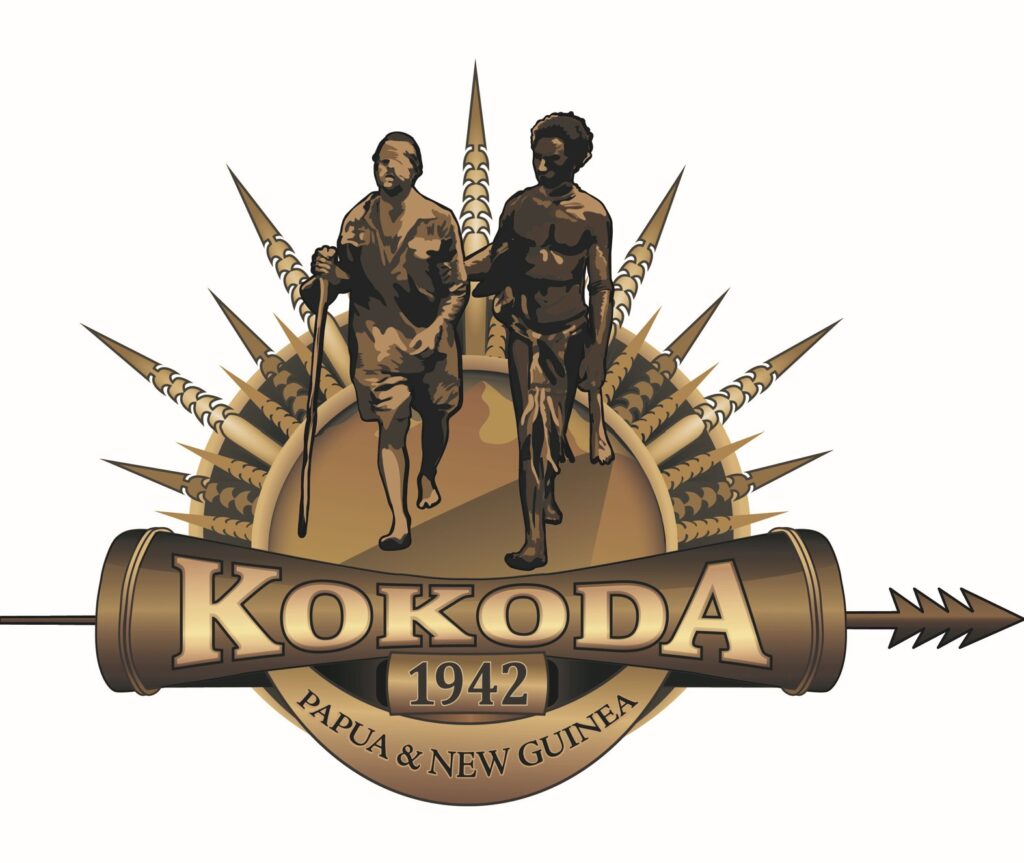
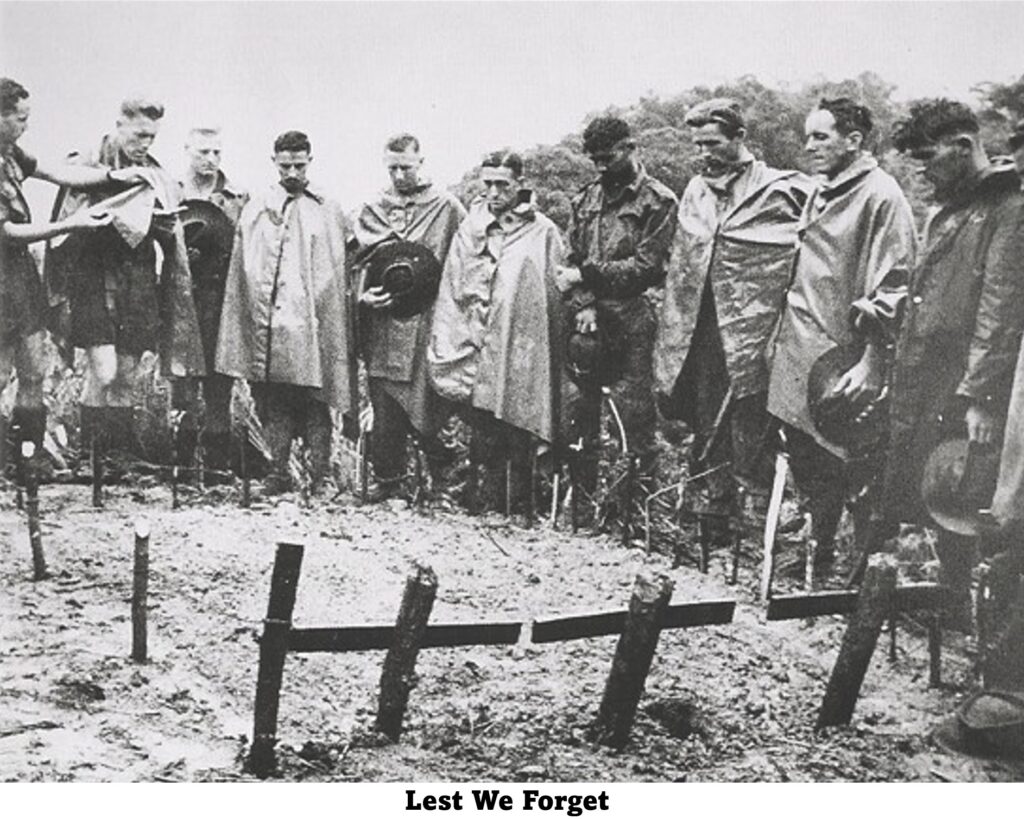
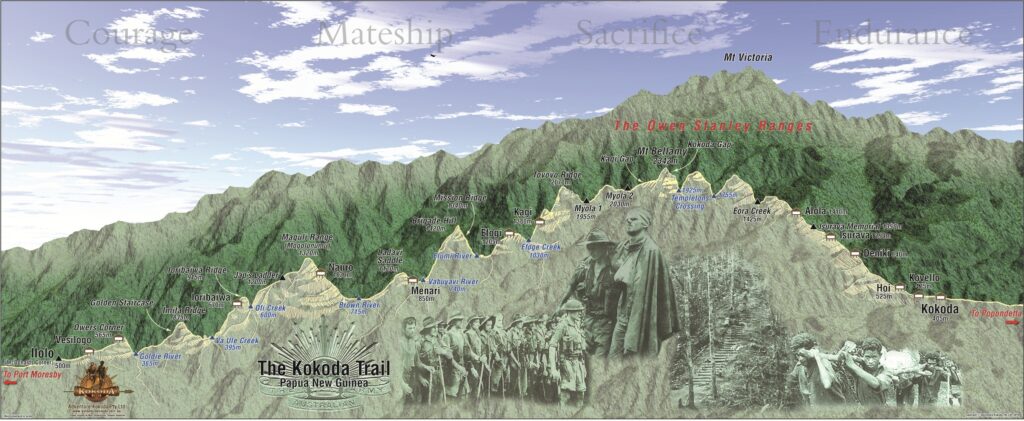
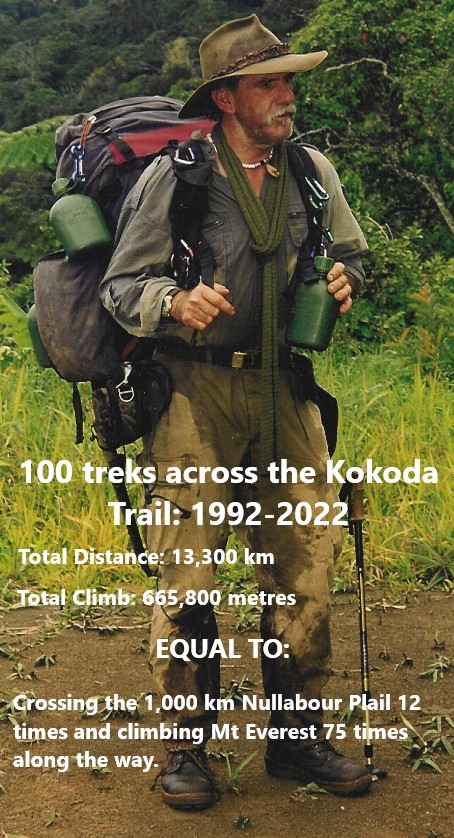
PostBlock
Image
Insert an image to make a visual statement.
Settings
Aspect ratioOriginalSquare – 1:1Standard – 4:3Portrait – 3:4Classic – 3:2Classic Portrait – 2:3Wide – 16:9Tall – 9:16CustomWidth
pxHeight
px
Advanced
Skip to the selected blockOpen save panel
- Post
- Image

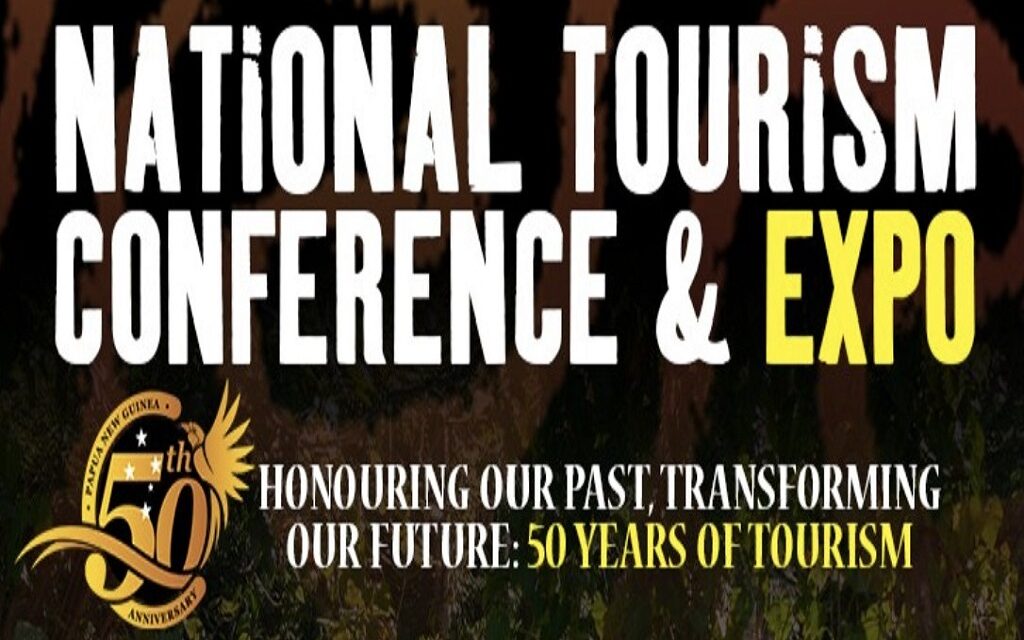

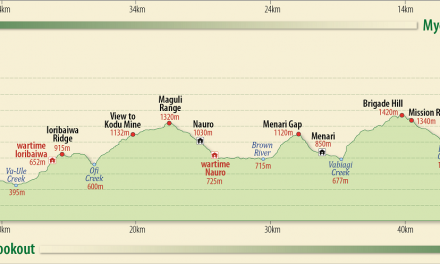
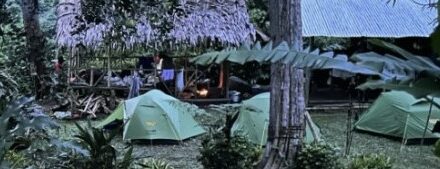
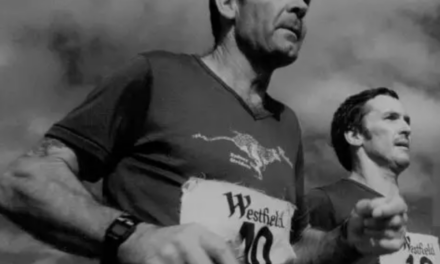
I first walked the Kokoda Trail in 1984 with nine other Australian soldiers. We’d met 39th Battalion veterans, exchanged letters with Japanese veterans and met former carriers along the Trail. Australians of all ages want to honour their veterans and meet the people of PNG. The Prime Ministers of both nations need to appoint you to manage the Trail for everyone’s benefit.